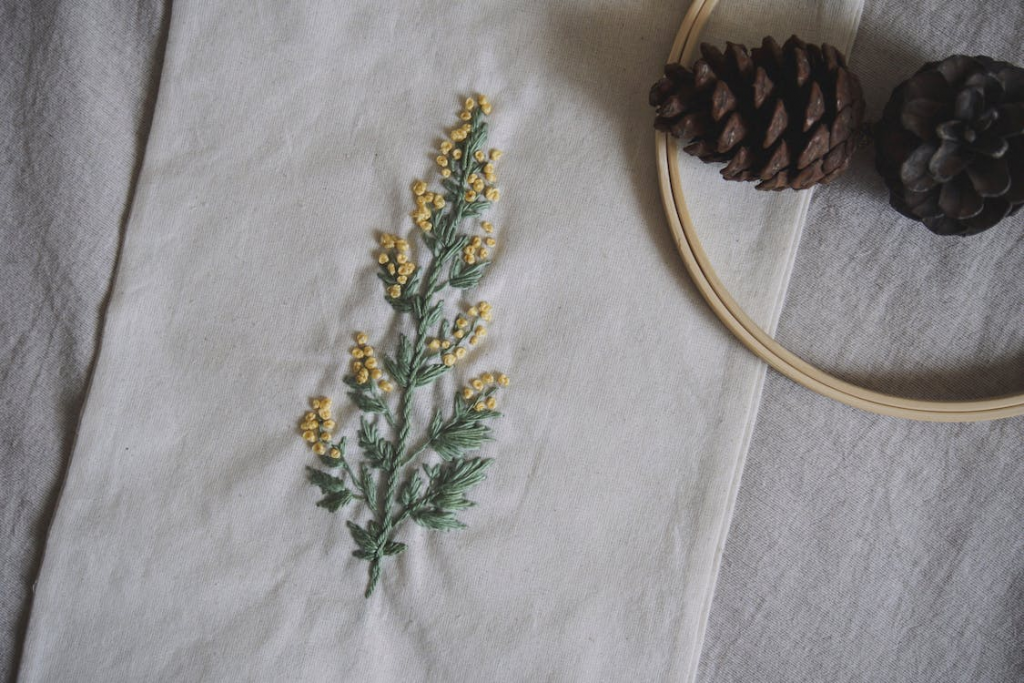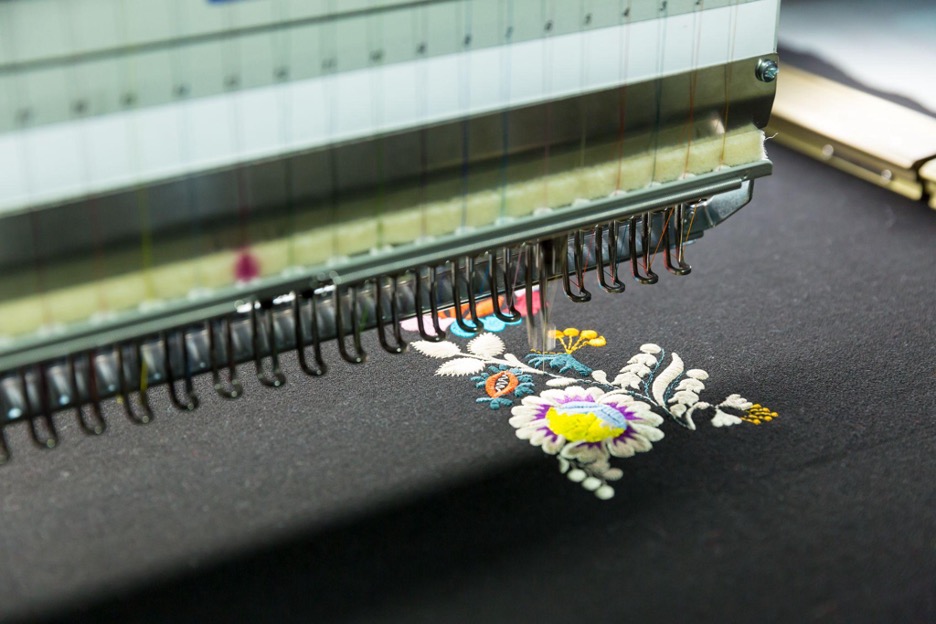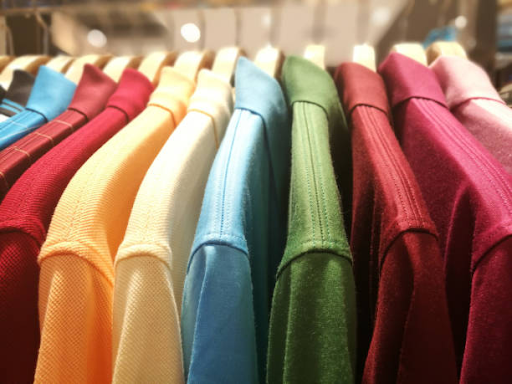Did you know that embroidery has been around for centuries and has been practised by cultures all over the world? It’s an ancient art that has evolved over time where today, it’s not only a form of artistic expression but also a thriving industry with many embroidery professionals.
Embroidery has remained popular for so long due to how versatile it is. It looks great on most apparel, it lasts much longer than regular printing and you can practically make any design with some thread and needles!
At the most basic level, embroidery boils down to three different levels; beginner, intermediate and advanced. There are also classifications within those categories that can further help embroiders focus on a particular skill or technique.
To help you get a better understanding of what those levels entail, let’s take a closer look at each one.
1. Beginner

As the most simplest level of embroidery, a beginner has the ability to create small and simple designs. Their experience is limited to basic stitches and they’re probably in the process of learning how to use the different tools.
Embroidery for beginners is also a great way to explore a new hobby and develop your skills. The type of stitches beginners use are typically easy to follow and they require little practice to master. Here are some of the most common stitches beginners learn:
- Backstitch: This is one of the easiest stitches to master. The backstitch is usually used to create the outline of a design or to add details to it. This stitch is perfect for lettering or outlining a design as it creates a solid line.
- Stem Stitch: The stem stitch is another basic stitch which is similar to a backstitch. In addition to creating straight lines, it can also create curved lines which is often used in floral and plant designs.
- Running Stitch: A running stitch is usually used to make dashed outlines. It can be used as a foundation for other stitches, as well as for creating simple designs. It is one of the most versatile beginner stitches and it can be used for a variety of projects.
2. Intermediate

The second level of embroidery is intermediate and it uses complex stitches and techniques to create a design. The intermediate embroiderer should have a good understanding of beginner level stitches before moving on to more advanced techniques.
It’s important to have a strong foundation in basic stitches so they can confidently build upon newer skills. An intermediate embroiderer should also have a number of projects under their belt that have helped them develop their skills and techniques.
The level of complexity between beginner and intermediate embroidery is not far apart but there are some differences to consider. Here are some of the most popular intermediate level stitches:
- Chain Stitch: This stitch is used to create lines or curves and it’s great for outlining around a specific pattern or design. It’s similar to a backstitch but it gives you a bolder line of embroidery due to how the stitches are linked together.
- Satin Stitch: Although the satin stitch is rather easy to master, it still requires a level of complexity that goes beyond beginner type stitches. This stitch is used to fill in shapes with solid colour, creating a smooth and polished look.
- Fly Stitch: The fly stitch is a detached version of a chain stitch and it can be used in a variety of ways. It’s normally used as a scattered filling or in rows and it uses far fewer stitches, making it useful for stitching different lines.
3. Advanced

Last but not least, we have the advanced level of embroidery and this is where embroiders truly show a mastery over the craft. At this point, embroiders require a high level of skill, precision and creativity along with the experience to back it up.
They can tackle pretty much any project as they have a deep understanding of different stitches and techniques. They’re also not afraid to push the boundaries of traditional embroidery and explore innovative approaches.
It may take months or even years to reach this level as a great deal of patience and determination is required. Here are some advanced embroidery techniques:
- Bullion Knot: The bullion knot is a tricky technique to get a hang of but its a skill all high level embroiders should know. It’s a decorative stitch that’s also very versatile in its applications. This stitch will give your design an embossed look, making it an excellent choice if you need to create a raised or textured element.
- Feather Stitch: The feather stitch will give the illusion of moving lines and it’s perfect for frames and borders. It can be used as a layer or embellishment with other stitches too. Ultimately, the feather stitch is ideal when you want to cover a large surface area.
- Blanket Stitch: The blanket stitch is characterised by its looped appearance and it’s usually used to make borders or decorative lines. The looping effect of the stitch will create a functional edge that prevents fraying, adding a neat touch to the fabric.
Conclusion
Embroidery is an artform that has stood the test of time. It has captivated cultures around the world for centuries and it’ll continue to do so for generations to come.
These 3 levels of embroidery are a good way to determine the progression of skills and techniques within the artform. From the basics of backstitching to the advanced techniques of bullion knots, each level offers a unique journey of growth and mastery.
For more information about embroidery, don’t hesitate to contact us here.




